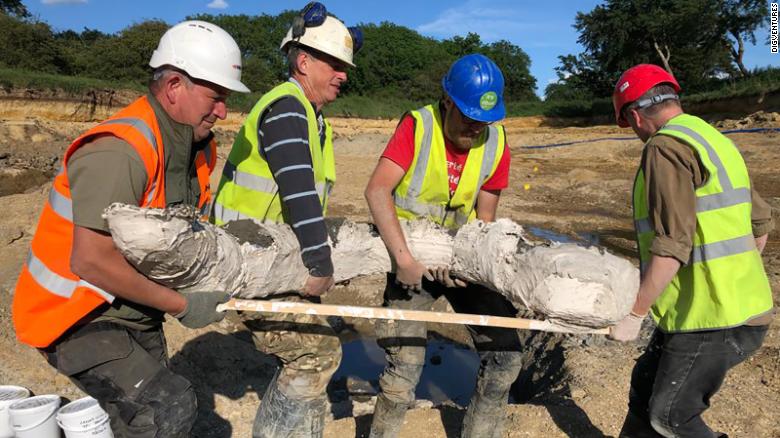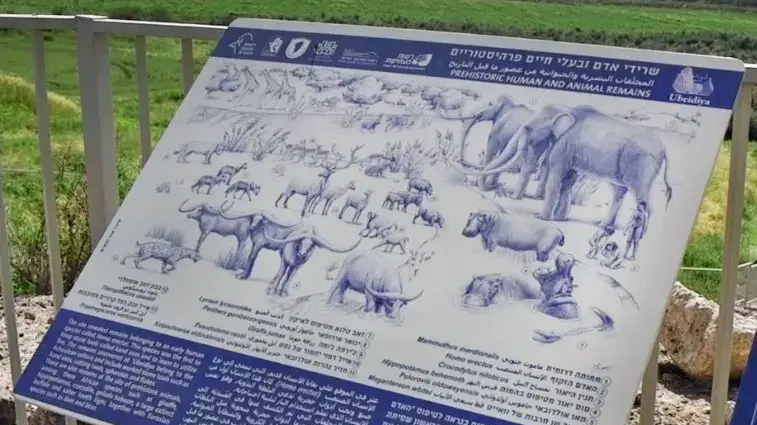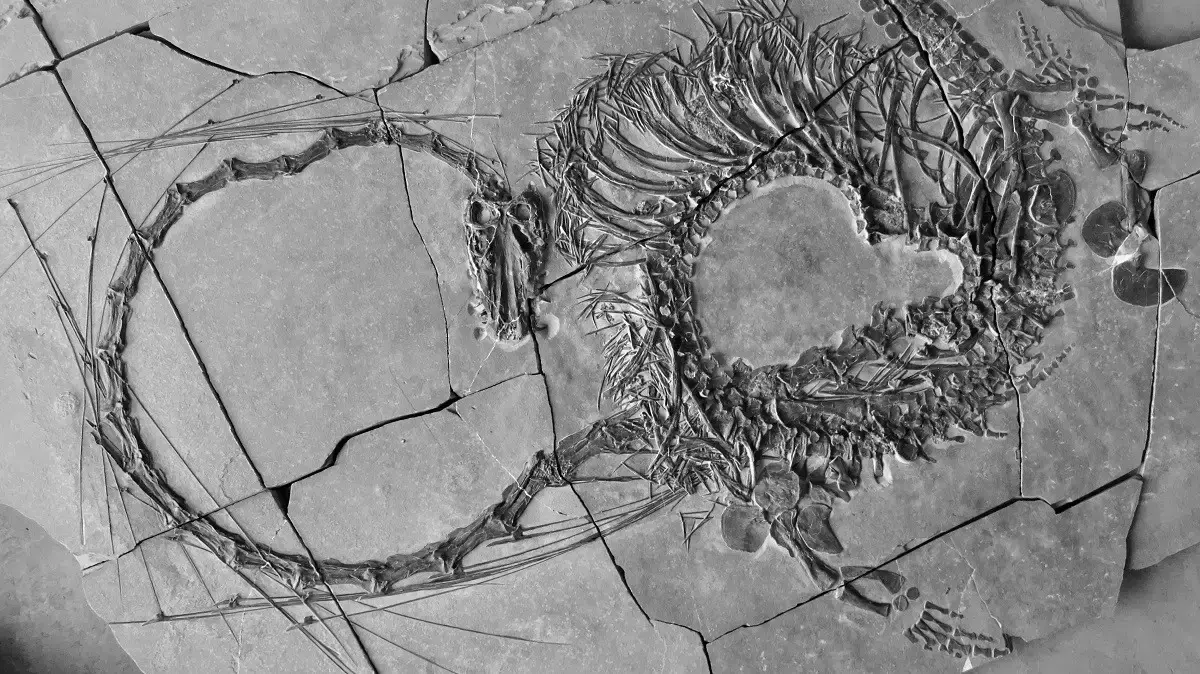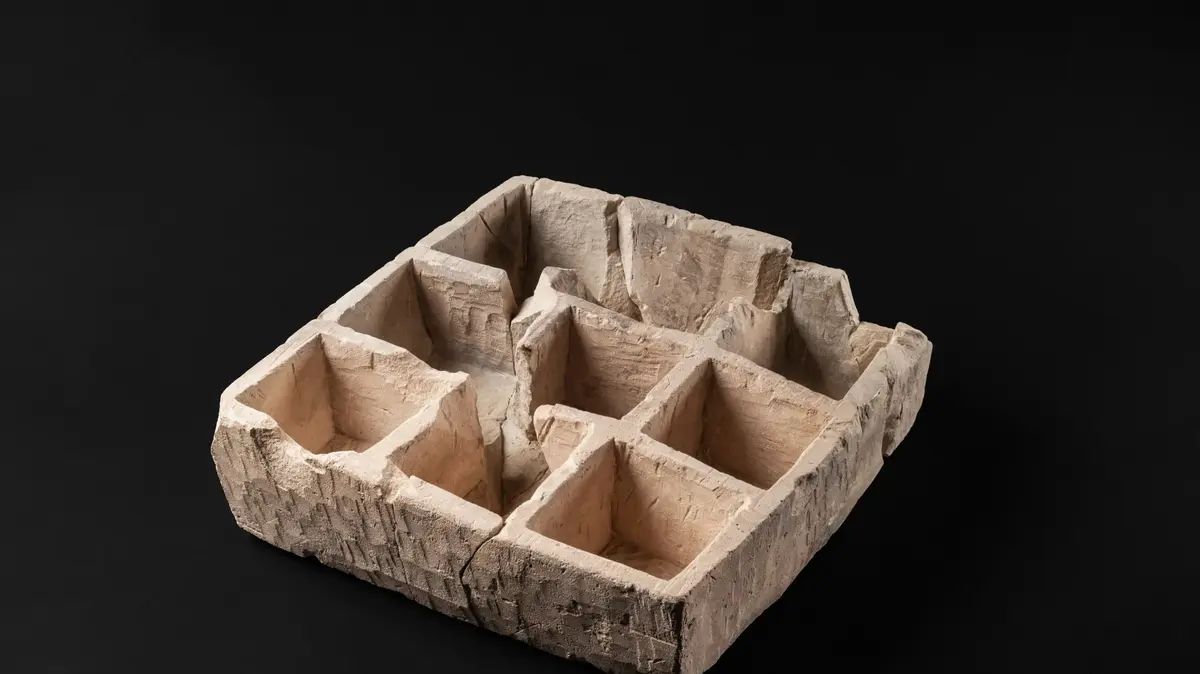Mammoths survived longer than previously thought 1:08
(CNN) -
The bones of five mammoths were discovered along with Neanderthal stone tools in an excavation near Swindon, providing a revealing glimpse of life in the UK during the Ice Age 200,000 years ago.
The well-preserved mammoth remains belonged to two adults, two youngsters and a baby.
His bones were found alongside a Neanderthal hand ax and small flint scrapers that were used to clean animal skins.
This is one of the mammoth tusks recovered from an excavation in Swindon, UK.
The researchers preserved the tusk, which is estimated to be more than 200,000 years old, to prevent its deterioration.
The objects at this site are so well preserved that archaeologists also found remains of brown bears, steppe bison, seeds, pollen, delicate beetle wings, and freshwater snail shells.
Together, they tell the story of the surroundings of the place hundreds of thousands of years ago.
It's a rare glimpse into the past that will help researchers better understand the appearance of Neanderthals and what life was like for our ancient human ancestors and giant creatures like mammoths amid a rapidly changing climate.
The excavation is also the subject of a new documentary by Sir David Attenborough, "Attenborough and the Mammoth Graveyard," which will premiere on the BBC on Thursday.
Attenborough and Ben Garrod, an evolutionary biologist and Professor of Evolutionary Biology and Engagement with Science at the University of East Anglia, Norwich, joined DigVentures at the site to conduct the excavations.
DigVentures is a team of archaeologists that promotes public participation in excavations and research projects.
The site was excavated in both 2019 and 2021, uncovering the tusks of multiple mammoths.
Research continues on why the site is home to so many mammoth remains and whether they were actively hunted or our Neanderthal ancestors were just scavengers.
advertising
The researchers estimate that the site was used by Neanderthals between 210,000 and 220,000 years ago, when they were still living in the UK, before falling temperatures from the impending Ice Age drove them out 200,000 years ago.
Currently, there is no evidence that they lived there between 60,000 and 180,000 years ago.
Scientists want to revive the woolly mammoth and just raised $ 15 million to make it happen
Remains were also found, such as tusks, leg bones, vertebrae and ribs, which belonged to a species of steppe mammoth, smaller and less hairy than their woolly mammoth descendants.
Some steppe mammoths were as long as 4 meters at shoulder height, but the tiny bones of the one they found show how these creatures reduced in size in response to increasingly cold weather.
Fossil hunters Sally and Neville Hollingworth first found the hand ax and some mammoth remains at the Swindon excavation in 2017. DigVentures then conducted excavations at the site in 2019 and 2021.
A Neanderthal hand ax was found in the excavation, along with mammoth bones.
"We were originally hoping to find marine fossils, and finding something so significant in its place has been truly exciting," Sally Hollingworth said in a statement.
"Even better than that is seeing it turn into a major archaeological dig led by DigVentures, and into a BBC documentary hosted by David Attenborough. We couldn't be more pleased that something we've discovered is learned and enjoyed by so many people." .
Some of the bones will be analyzed to see how the Neanderthals dismembered and used them.
"There are no words to capture the thrill of seeing a mammoth tusk still on the ground, or the feeling of being in the middle of a site that has the potential to change the way we view our closest human relatives and the megafauna of the Ice Age they shared their world with, "said Lisa Westcott Wilkins, co-founder of DigVentures, in a statement.
The chamber of a cave that has been closed for 40,000 years could be the key to understanding the life of Neanderthals
Research continues to determine why there are so many mammoth remains, like this tusk, at the site.
"There is still much to discover here. Collaboration between scientists, landowners and hobbyists has been crucial, and we are already looking at how to continue the research and are exploring different ways in which the public can be a part of it." .
DigVentures archaeologists will continue to study the site and plan to launch a project called PalaeoPixels that will invite teens to work with some of the material.
Mammothneanderthals


/cloudfront-eu-central-1.images.arcpublishing.com/prisa/4RITWNCKAZFB3I3MBXYYKH6YDI.jpg)








/cloudfront-eu-central-1.images.arcpublishing.com/prisa/KMEYMJKESBAZBE4MRBAM4TGHIQ.jpg)



